Fasciation in Plants: What You Need to Know
Updated: Mar. 15, 2024
Fasciation is a unique mutation that produces unusual flowers, but does it harm the plant? Find out the cause and what you should do.
On This Page
What Is Plant Fasciation?
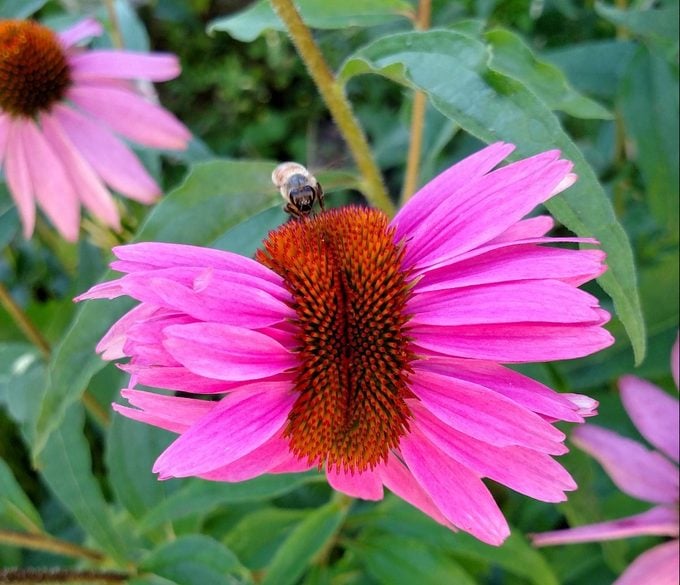
To gardeners, every flower is unique—but fasciated flowers absolutely stand out from the rest. Fasciated blooms show abnormal or unusual growth, sometimes resulting in the look of two or more flowers pushed together on the same stalk, or petals sprouting in the center. Their odd look can cause many gardeners to wonder if there’s something wrong with the plant on which they’ve appeared.
“Plant fasciations, although not very common, have intrigued gardeners and scientists for years,” gardening expert Melinda Myers explains. “I often receive calls from gardeners who see this on lilies, cockscombs, dandelions, asparagus and succulents.”
Learn about aster yellows disease and other coneflower problems.
Examples of Plant Fasciation
Foxglove
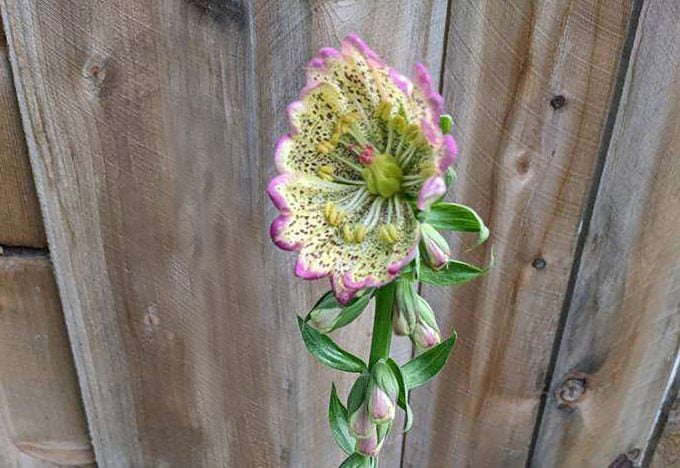
“I’ve never seen a foxglove flower like this (above). Is this unusual?” asks Birds & Blooms reader Danielle Gard of Sacramento, California.
Melinda says, “This unique growth is an example of fasciation. Most experts now agree fasciation is caused by random genetic mutation due to frost or physical damage, insect infestation, or a disease organism. The mutation results in flattened stems, a proliferation of flowers and other growths, as on this foxglove.
Fasciation is not contagious and may or may not appear next year. Foxgloves are one of more than 100 species in which fasciation has been observed. Enjoy the unique display!
Some fasciated plants have been propagated to create special varieties such as cockscomb celosia, fantail willow, and several kinds of cactuses and succulents.”
Black-Eyed Susan
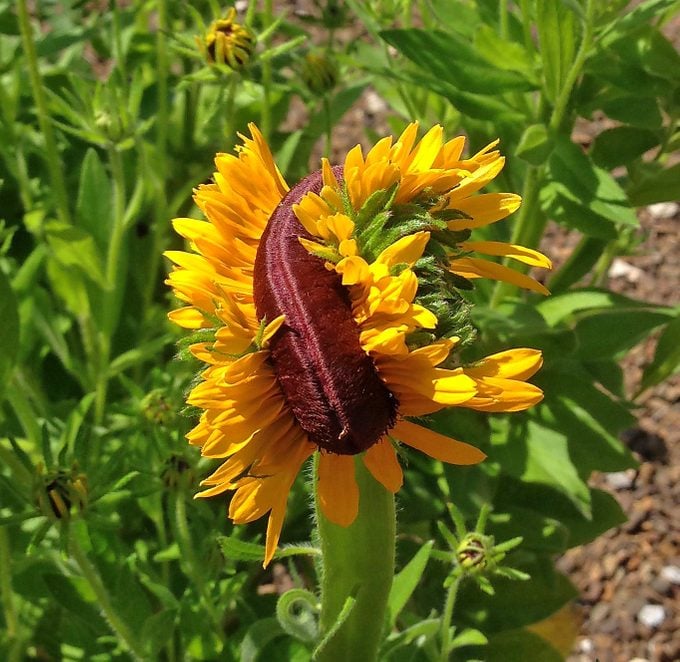
“One year, my black-eyed Susans looked like this (above). The next year they were normal again. What’s going on?” asks reader Ann Dahlke of Bella Vista, Arkansas.
Melinda says, “Fasciation is a common occurrence on black-eyed Susans, lilies, some cacti and other plants. The abnormal growth may occur on the stem, flower, fruit or roots and may be flattened, crested or contorted. There is usually no need to be concerned. Enjoy the smiling blossom, or remove it if you don’t like the look.”
Gerbera Daisy
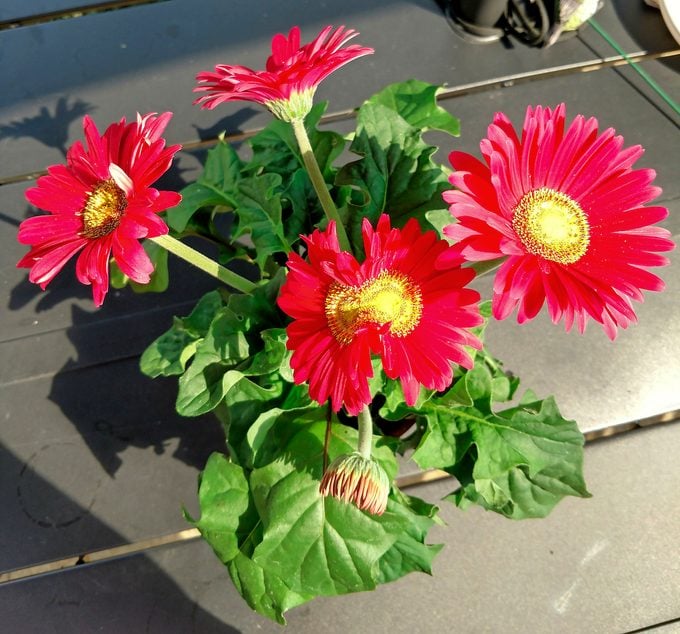
“My red gerbera daisy formed this stunning double bloom. How often does this happen?” asks reader Sharon Williams of Mechanicsburg, Pennsylvania.
“That’s a fun discovery,” Melinda says. “The conjoined flowers are a result of fasciation. This phenomenon causes a flattening of stems, proliferation of buds and blooms, and two-headed flowers like your gerbera daisy. The abnormal growth occurs spontaneously as a result of a hormonal imbalance, genetic mutation or the plant’s response to its environment.
Is Fasciation Harmful to Plants?
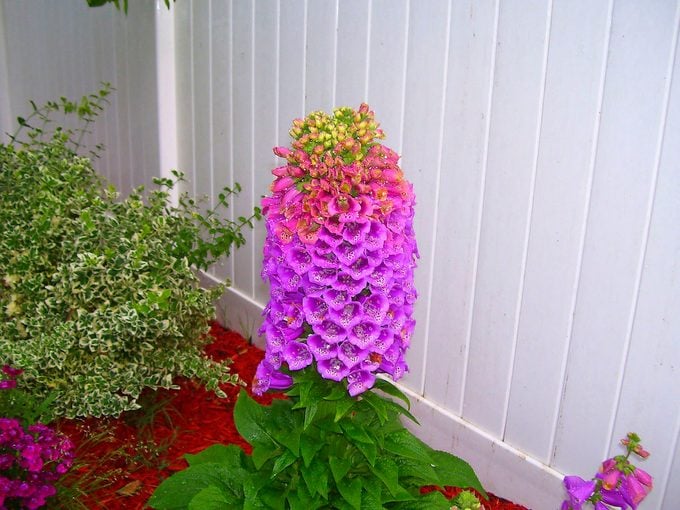
Melinda says, “Removing the affected stem is usually all that is needed.” However, it’s important to point out that Melinda mentions the unusual growth doesn’t hurt the plant, so it’s not necessary to remove it. “Keep an eye out for fasciations in the garden, take a picture, and see if the unique growth appears the following year,” she says.
Grow these disease-resistant plants for a fuss-free garden.
About the Expert
Melinda Myers is the official gardening expert for Birds & Blooms. She is a TV/radio host, author and columnist who has written more than 20 gardening books. Melinda earned a master’s degree in horticulture from the University of Wisconsin-Madison.
Why Trust Us
For nearly 30 years, Birds & Blooms, a Trusted Media Brand, has been inspiring readers to have a lifelong love of birding, gardening and nature. We are the #1 bird and garden magazine in North America and a trusted online resource for over 15 million outdoor enthusiasts annually. Our library of thousands of informative articles and how-tos has been written by trusted journalists and fact-checked by bird and garden experts for accuracy. In addition to our staff of experienced gardeners and bird-watchers, we hire individuals who have years of education and hands-on experience with birding, bird feeding, gardening, butterflies, bugs and more. Learn more about Birds & Blooms, our field editor program, and our submission guidelines.






















